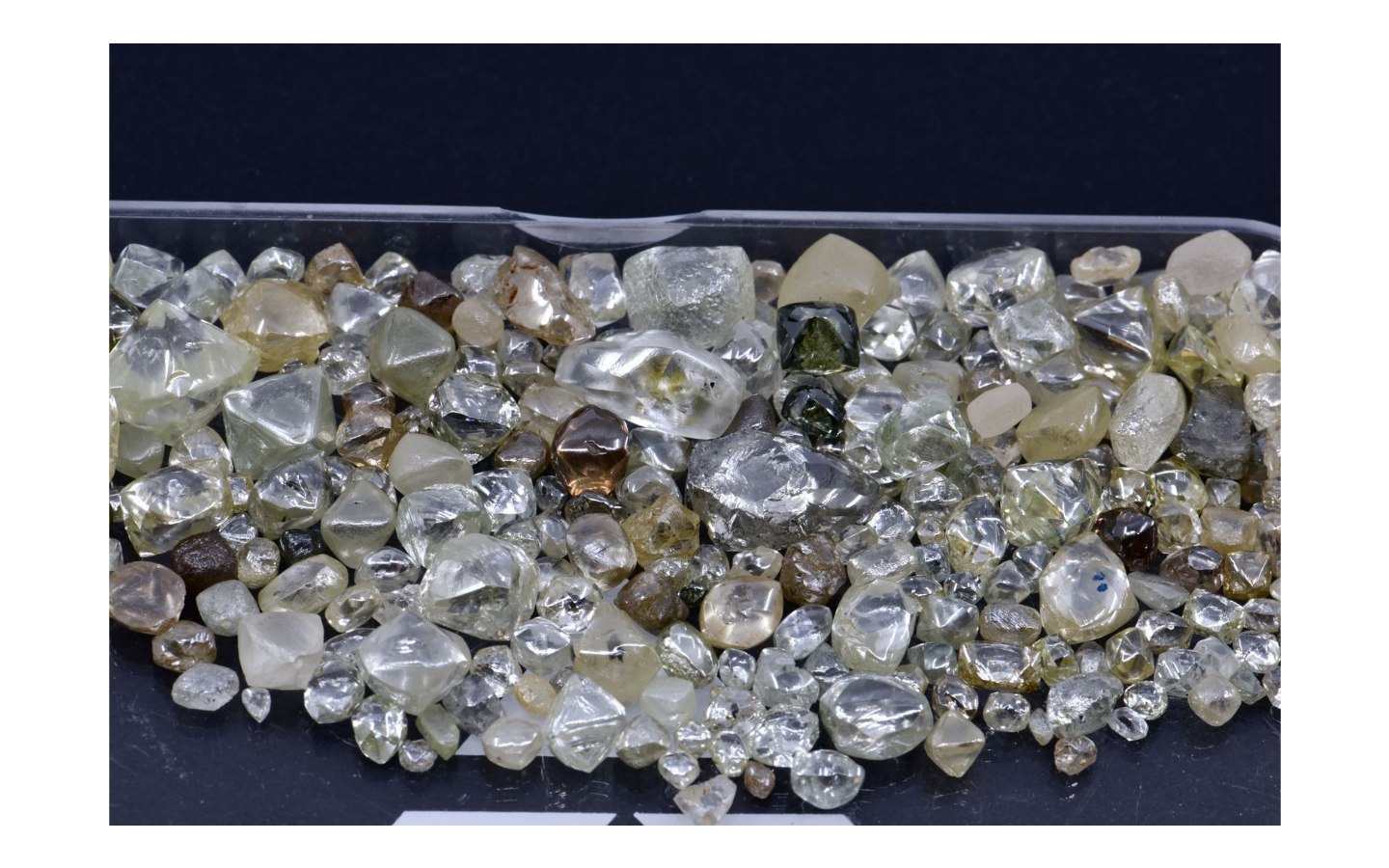At a time when the subject of “made in France” is rightly agitating politicians and our new Minister of the Economy Arnaud Montebourg. At a time when many French people are rediscovering that, yes, many skills are still present on our territory and that many craftsmen fight every day to exist and perpetuate companies and jobs in France, a question arises within the framework of this blog: is the jewellery that we buy in France made here?
Before I start explaining how things work, I would like to make it clear that I am only talking about works made of precious metals and corresponding to the legal titles defined in articles 521 and 522 of the General Tax Code (CGI). I invite you to go and have a look at it and I also specify that I will soon give you a summary of the hallmarks of the guarantee.
To answer this question, you must already know how to identify a “made in France” jewel. And for that, there is only one way to know if your jewel is made in our country: check the presence of the compulsory hallmark on all works in precious metals.

Example of a master stamp with that of Mrs Aurélie Avenard (Société Aurèle). Photo : précieux-shopping.fr
Since 1798, the hallmark of a French craftsman has always had a diamond shape with his name or initials, or the initials of the company. In addition, there is always a symbol. The combination of the initials and the symbol makes the hallmark unique and identifies the master of the work. Furthermore, in France, the hallmark must always be affixed to the outside of the work and must never be on the inside. For example, it will be on the bottom of the outer body of a ring and never on the finger.
So how do you get this hallmark? It is a legal marking and therefore follows a strict procedure, a little long but quite simple:
- Contact the warranty service closest to your place of work.
- This service will send you a document allowing you to make three proposals for the design of your future hallmark.
- Once this document is returned, you will receive a validation for the realization of one of your punch sketches.
- Have the hallmark made by a steel engraver approved by customs.
- Once the hallmark has been made, it will be sent to the guarantee department so that they can take an impression for the archives.
- The stamp, thus validated, will be sent to you and it will then be possible to use it to mark the works.
Let us return to the main subject of this article: if the jewel you wish to buy does not have this hallmark, it is certainly manufactured outside of France, except if it is old* (see at the bottom of the article). The law requires that these pieces must be marked with an oval hallmark containing the same information as the diamond-shaped hallmark, which is called an importer’s hallmark.

Example of a master punch next to an importer punch. A company can have both. It then makes part of its production in France and imports another part. Source: SBJR.
So, to answer the question at the beginning of this article, not all jewellery sold in France is made here. And this is true even if they are sold in prestigious boutiques. It is important for the buyer who is sensitive to this subject to inquire in the shop when making a purchase. Nevertheless, an imported piece of jewellery is not necessarily a poorly made piece. Most jewellery houses have stringent quality control departments. And a piece of jewellery that does not come from a workshop in France can come from a place very close to our country: Switzerland, where a very old jewellery industry is established.
See you soon!
* Antique jewellery may have lost its master stamp during a repair, for example. This is often what makes it difficult to identify the exact origin.







